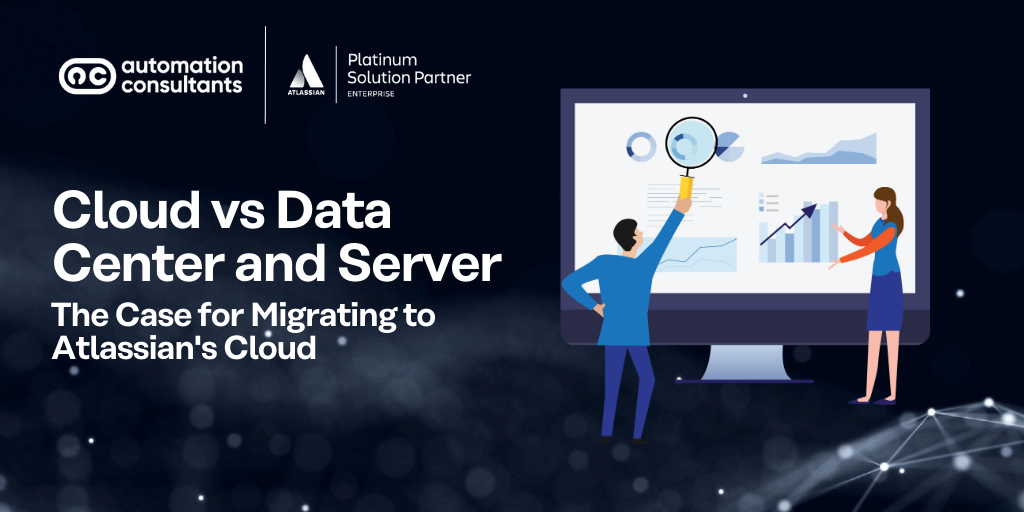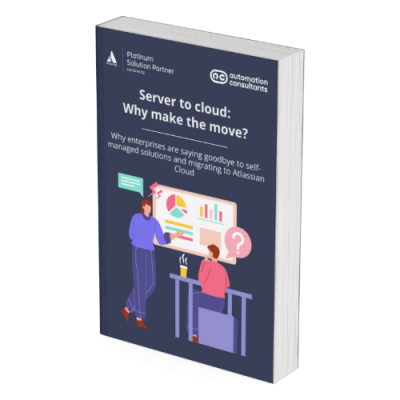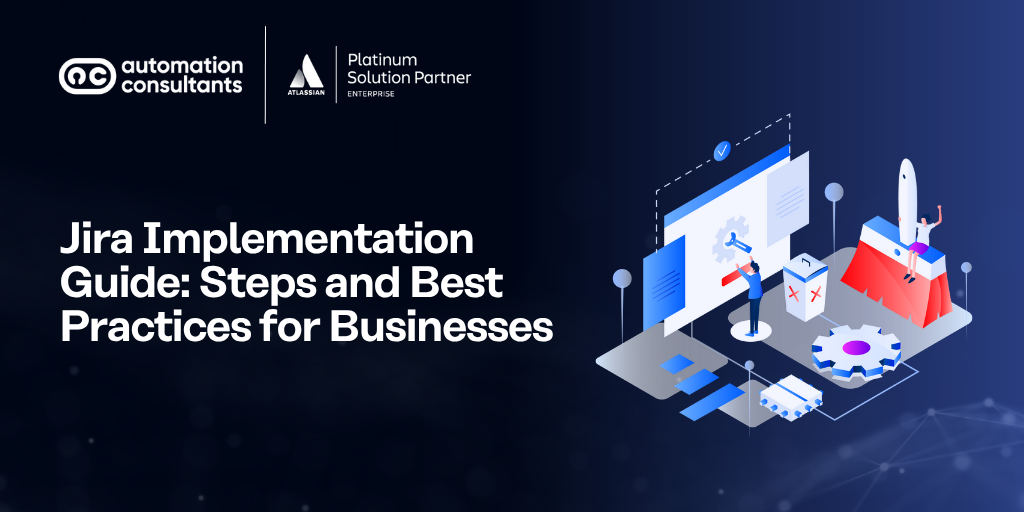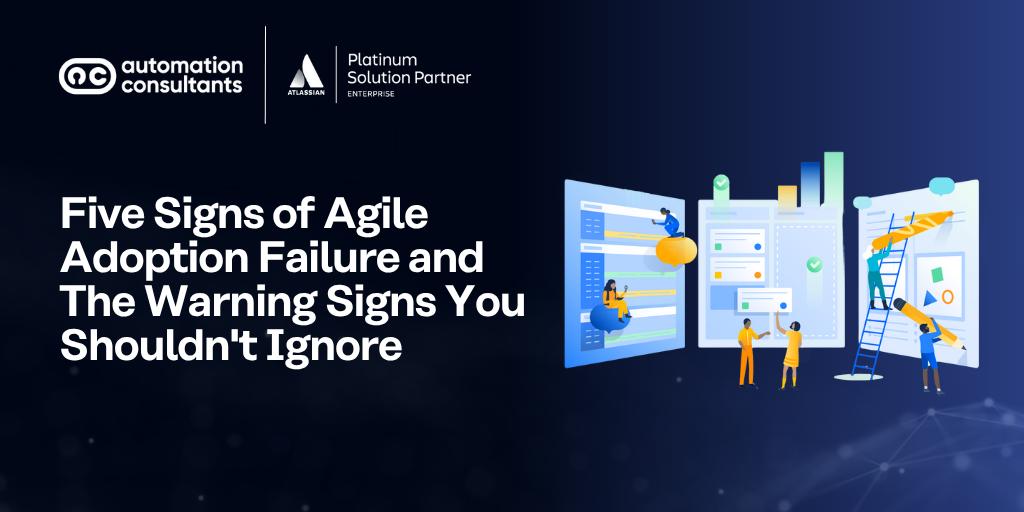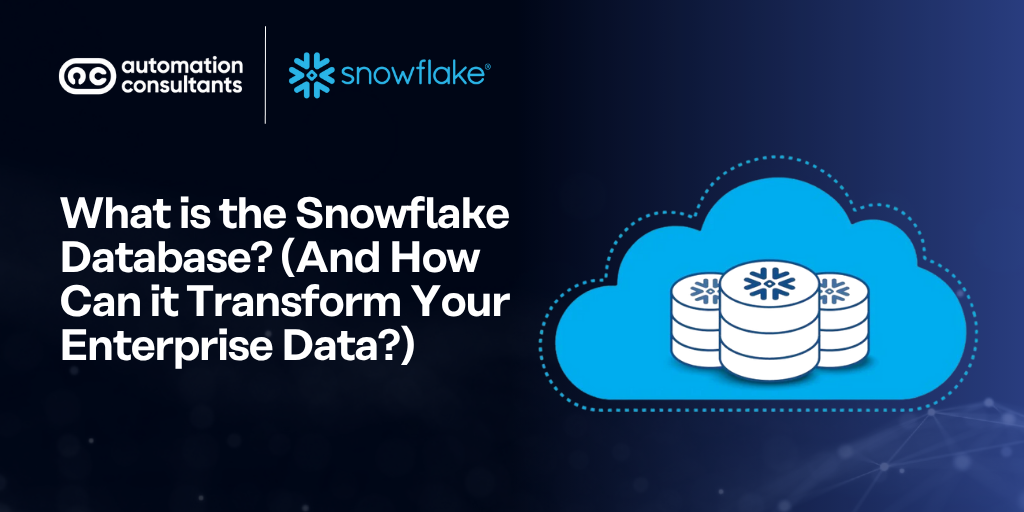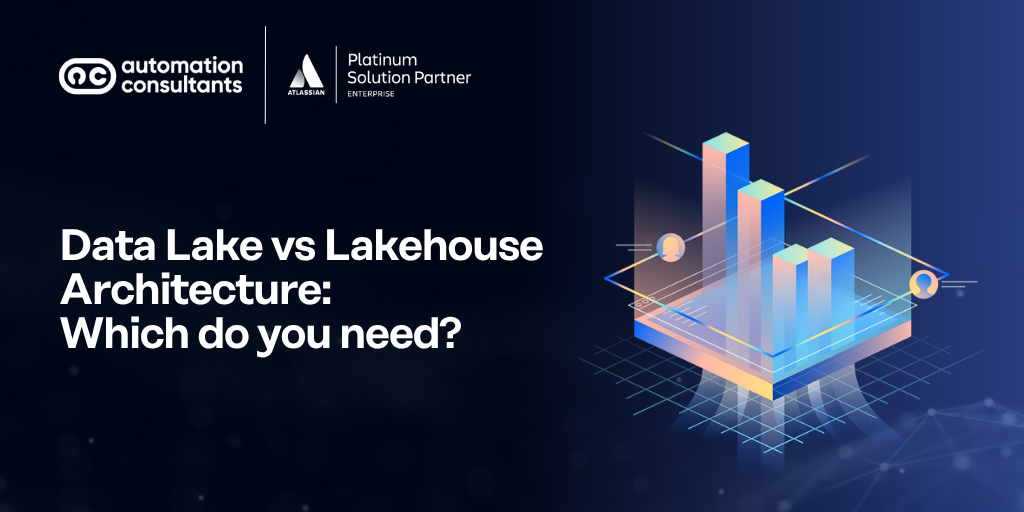How can organisations effectively choose between the Atlassian Cloud vs Data Center and Server?
Atlassian’s popular Jira software, as well as its other main products, can be deployed in three different ways: Atlassian Cloud, Data Center or Server.
Server is a single-server, self-hosted (on-premise) solution; Data Center is a multi-server self-hosted solution designed for large deployments; Cloud is software as a service.
Server is on the way out. Altassian stopped selling new licences in February 2021, are phasing out upgrades and renewals, and will stop supporting it by February 2024. For the time being, Data Center is still available, but Atlassian is doing everything it can to move its users to the Cloud.
In this article, we will discuss the reasons behind Atlassian’s shift to the Cloud, as well as everything you should consider when deciding whether your organisation should choose the Atlassian Cloud vs Data Center or Server.
Why are Atlassian making the switch to Cloud vs Data Center and Server?
Arguably, Cloud deployment is the future, not only for Atlassian, but for the whole industry.
Ability to offer competitive prices
First, when one considers the costs of both the vendor and the consumer, it is much cheaper to run software in the Cloud.
Over time, Atlassian would be at a severe competitive disadvantage if it did not move to the Cloud with the rest of the industry.
This would affect its ability to offer new features and keep its offering relevant and attractive to its customers.
Increased focus on security in the Cloud
Secondly, Cloud deployments are in general more secure: it is easier and cheaper to keep a single central deployment up to date and secure than many local deployments.
Of course, some customers would still prefer to keep full responsibility for their own IT security, and some are affected by data sovereignty regulations.
But, as Cloud vendors prioritise security and continuously improve the security of their products, Cloud has become generally accepted, and a growing majority of users are willing to move to the Cloud.
Faster access to new features with Cloud-first launches
Thirdly, Cloud deployment allows vendors to get new features to users quicker compared to self-hosted deployments. There is no need to package and distribute releases and wait for users to install them.
Moreover, Atlassian now releases new features for Cloud first, and some new features are never released at all for the self-hosted deployments.

Why should users make the switch to the Atlassian Cloud vs Data Center and Server?
None of this takes away from the fact that Server was a very good deal and for some Server and even Data Center customers, moving to the Cloud can seem like paying more money for little in the way of new features. So, why should such organisations make the switch to the Atlassian Cloud?
Lower total cost of ownership for organisations in the Atlassian Cloud
Although the cost arguments may not always seem compelling from the customer’s perspective, there are still strong reasons for moving.
The total cost of ownership (TCO) of Cloud is often lower, although not always obviously so.
In calculating the TCO, organizations normally factor in the cost of hardware, networking, and admin staff. However, they sometimes miss the cost of the downtime involved in upgrades and the cost of maintaining the assets required to keep a self-hosted app secure, such as firewalls, virus scanners and encryption.
Enhanced capabilities with Cloud-led marketplace apps
The Cloud versions of Jira and Confluence have more features than Data Center, but the difference is not yet decisive for many. What is becoming increasingly true, however, is that the Cloud versions of the leading marketplace apps are becoming more capable than the self-hosted versions.
Marketplace apps are a great distinguishing feature for Jira and Confluence. Apps like ScriptRunner, Tempo Timesheets and Workflows for Confluence substantially enhance the capabilities of Jira and Confluence, and have helped greatly in their success.
Greater choice and availability for customers with Cloud-first apps
Atlassian has been incentivising its marketplace app vendors to become Cloud first. This has been a slow process because the architecture underlying Cloud apps is fundamentally different from that which underlies self-hosted apps.
A self-hosted app is installed on the same server as the main Jira or Confluence application and can query its database directly. That is not possible in a Cloud environment (one customer’s app could potentially read another’s data, for example) and so Cloud apps have to work in a different way.
Cloud apps are hosted separately from the main Jira or Confluence instance to which they relate, and they communicate with it at arm’s length, through an API. Cloud apps working through the APIs were initially much less capable than on-prem apps with direct access to the database, but Atlassian has been working with the app vendors to narrow the gap, urging each of the major app vendors to ensure that their most important apps have Cloud versions and that the key features are equivalent to those of the on-prem versions, and making the APIs more powerful wherever needed.
Perhaps more importantly, the app vendors have been incentivised to release new features for the Cloud first, and there are more and more apps that exist for Cloud only or are more capable than their self-hosted equivalent. For customers, there is more and more choice and capability among the Cloud apps in the Atlassian Marketplace relative to the self-hosted apps.
Cloud-based hosting available with Forge
A further potential barrier to the widespread Cloud app development by marketplace vendors lay in the hosting host Cloud apps. Initially, vendors were expected to host their Cloud apps themselves, which placed a burden on the smaller vendors. Atlassian addressed this problem in 2019 by introducing Forge, a Cloud app development and hosting platform.
Forge not only provides a framework for rapid development of apps, but also takes care of hosting. Now, most of the leading Cloud apps are as capable as their self-hosted versions.
Easy Cloud-to-Cloud integration with your organisation’s IT estate
More generally, organisations’ IT estate is increasingly Cloud-based. Important enterprise software vendors such as Salesforce and ServiceNow have always been Cloud-only.
Other key enterprise software vendors such as SAP and Oracle are transitioning to the Cloud, and so are users’ desktops as Office 365 and Google Workspace take hold.
Increasingly, integration between the main components of an organisation’s IT estate is becoming a Cloud-to-Cloud exercise.
In this context integrating self-hosted Jira and Confluence with other important applications and utilities will gradually become harder as those systems move to the Cloud and are optimised to interface with other Cloud systems.
Conversely, the integrations the Cloud versions of Jira and Confluence will be able to do will become more and more powerful.
What about migrating to the Atlassian Cloud? How complex a project would that be?
Large instances of Jira and Confluence with many apps can indeed be complex to migrate, but Atlassian and its Solution Partners have been working on ways to smooth the process.
Atlassian has produced migration assistants to help automate some of the process, and partners have worked on optimising the migration process using such methods as Bee Cloud, by Automation Consultants, to make migrations as systematic and reliable as possible.

Download the guide
Why migrate from Server to Cloud? Download our guide to find out more about why enterprises are making the move to Cloud, the advantages of adopting SaaS, and how Atlassian’s Cloud solutions compare to Server.So, should I move to the Atlassian Cloud? Or remain on Data Center or Server?
In summary, the case for Atlassian users to move to the Cloud is growing ever stronger. In most cases there are cost benefits, especially when the full costs of security and upgrades are factored in. This includes:
- The Cloud versions of the main Atlassian applications have better features and get the latest features quicker.
- The marketplace apps available for Cloud are increasingly powerful and some are more so than the self-hosted equivalent, and this trend will continue with time.
- The Cloud versions of Jira and Confluence integrate better with other leading enterprise applications, which themselves are increasingly Cloud-based.
- The migration process has never been easier, smoothed by a suite of tools and techniques produced by Atlassian and its partners.

Get in touch with our Cloud experts today
Automation Consultants has long experience of migrating complex applications quickly and securely, whether that be from a data center into the Atlassian Cloud or from one data center to another.
Our team can plan and execute your migration, consulting you on all key decisions and stay by your side until the project is complete. You will also have a dedicated AC Solutions Consultant who can assist with an internal communications strategy – helping you bring teams together, keep key stakeholders on board, and minimize disruption to all users.
Book your free 30-min conultation today!
We offer a free 30-minute consultation to help you evaluate whether migrating to Atlassian Cloud is the right move for your organisation. During this session, we’ll discuss your current setup, challenges, and provide tailored advice on how to streamline the migration process.
Ready to transition? Contact our experts for a smooth migration to the Atlassian Cloud. Simply fill in the form below, and we’ll be in touch!

